21 Essential Tools for Python
21 Essential Tools for Python
Python is one of the most popular programming languages. It is simple, powerful, and driven by a community that contributes to open-source projects. The many Python uses are why the language is so popular; you can build software, develop web services, perform data analytics and visualization, and train machine learning models for free.
The list of Python tools mentioned in this post will help beginners start their Python development journey. It will also help data professionals and Python developers become productive. So, whatever stage of your Python journey you’re at, these tools can help you make the most of the language.
Python Development Tools
Development tools help us to build fast and reliable Python solutions. It includes Integrated Development Environment (IDE), Python package manager, and productive extensions. These tools have made it easy to test the software, debug, and deploy solutions in production.
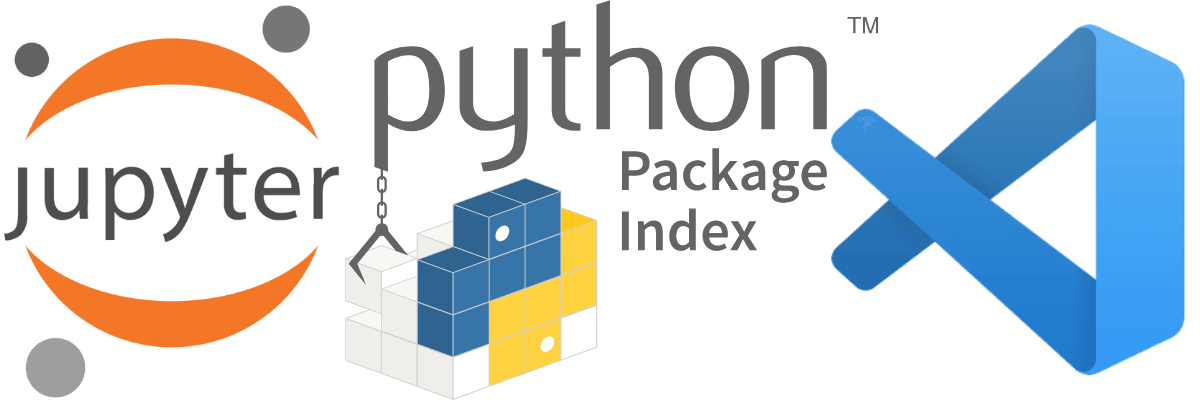
1. Jupyter Notebook
Jupyter Notebook is a web-based IDE for experimenting with code and displaying the results. It is fairly popular among data scientists and machine learning practitioners. It allows them to run and test small sets of code and view results instead of running the whole file.
The Jupyter Notebook lets us add a description and heading using markdown and export the result in the form of PDF and .ipynb files.
When you mix scientific computation with Python development, you get a Jupyter Notebook. Nowadays, teachers are using it for teaching data science courses, data analysts are using it to create reports, and machine learning engineers are using experimentation and building high-performing model architecture.
You can check out a free cloud Jupyter notebook on the Workspace to build and share analytical reports and discover our Jupyter tutorial to learn how to use it.
It is not going anywhere in the future, people are building production-ready solutions on it, and tech giants like AWS are also incorporating it into the cloud computing ecosystems.
2. Pip
Pip is a tool that uses Python Package Index to install and manage Python software. There are 393,343 projects for you to download and install with lightning speed. The Python ecosystem works on it.
pip install <package_name>
Pip is not just an installer. You can create and manage Python environments, install dependencies, and install packages from third-party repositories using URLs. Learn more about pip by following the PIP Python Tutorial tutorial.
python -m pip install -r requirements.txt
3. VSCode
Visual Studio Code is free, lightweight, and a powerful code editor. You can build, test, deploy, and maintain all types of applications without leaving the software window. It comes with syntax highlighting, code auto-completing, language, Git, and in-line debug support. You can use extensions to pre-build systems and deploy applications to the cloud.
VSCode is the most popular IDE in the world, and its popularity is mainly due to free extensions that improve user experience. The extensions allow data scientists to run experiments on the Jupyter notebook, edit markdown files, integrate SQL server, collaborate on projects, autocomplete code, and in-line code help. Instead of using multiple software, you can use extensions and run everything from VSCode software like bash terminal and browser.
Python Web Scraping Tools
Web scraping allows data scientists and analytics to collect data from websites. The hard part of web scraping is to clean data and convert it into a readable and structured format. In this section, we will learn about the most used tools to perform web scraping and data cleaning.
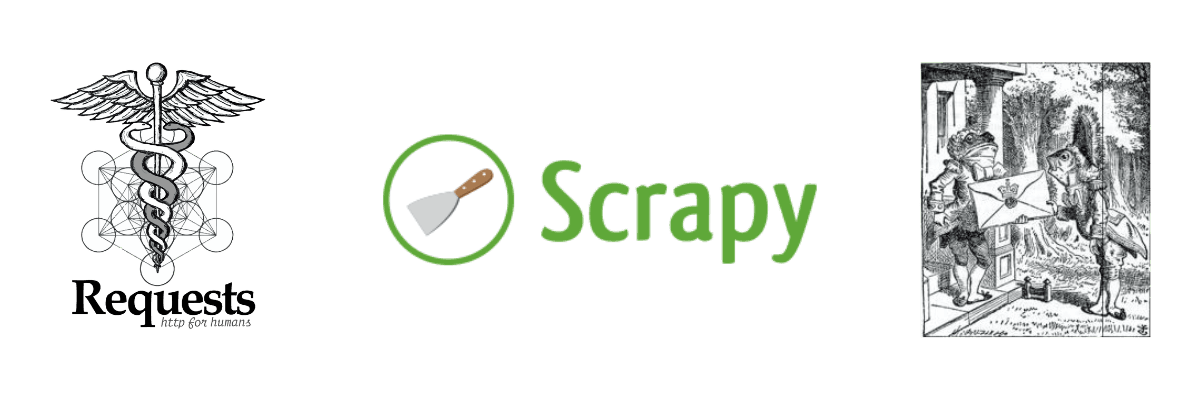
4. Requests
Requests make it easy for you to send HTTP requests. Instead of manually adding authentication, arguments, and configuration query strings to your URLs, you can simply use requests API and use the get JSON method. The Requests is quite a popular library among data professionals for scraping multiple-page websites.
5. Beautiful Soup
Beautiful Soup is used to clean and extract the data from HTML and XLM. It is used to parse HTML text and allows data scientists to convert text data into a structured table or pandas dataframe.
With a few lines of code, you can extract complex HTML data. In some cases, you only need a table tag, and you can access whole data without parsing the text.
Learn more about BeautifulSoup by reading Web Scraping Using Python BeautifulSoup tutorial.
6. Scrapy
Scrapy is an open-source and collaborative framework for web scraping and web crawling. It is fast, simple, and extensible in crawling websites of multiple pages to extract data in a structured format. It is generally used for data mining, monitoring, and automated testing.
Learn more about Scrapy by reading our Make Web Crawler in Python tutorial.
Python Web Development Tools
Python has one of the best web development frameworks. You can create a webpage, web application, or web API by typing a few lines of code. These tools are beginner friendly and don't require you to master languages like HTML, CSS, and JS.
7. Flask
Flask is an open-source web framework for building web applications and REST API. It is easier to learn than Django’s framework, and with a few lines of code, you can assemble a simple web API that you can run locally.
Flask is based on the WSGI(Web Server Gateway Interface) toolkit and Jinja2 template engine. It can be used to create simple as well as large-scale web applications such as blogging websites, social media apps, portfolio web pages, machine learning applications, and analytics Dashboard.
Learn more about Flask by reading our Machine Learning Models into APIs with the Python Flask tutorial.
8. Streamlit
Streamlit is the fastest and easiest way of building and sharing web applications. You can create a data science portfolio, analytics dashboard, machine learning web application, educational tutorial, and geospatial and computer vision applications within a few minutes. You just need to add a widget the same as declaring variables in Python. No need to learn back-end development, define routes, and handle HTTP requests, HTML, CSS, and JavaScript.
For a data scientist and analyst, it is the gateway to the world of web development. That is why most data scientist uses Streamlit to demonstrate financial reports, research, and machine learning concepts. Check out the Streamlit tutorial to build your first web application in a few minutes.
9. FastAPI
FastAPI is a web framework for creating high-performance web APIs. Similar to Streamlit, it requires a few lines of code to build production-ready web applications. After deploying the web app, you can access it using the GUI interface or send HTTP requests.
It is fast, Intuitive, and robust. You can deploy the machine learning model hassle-free. It is also used for Internal crisis management and authentication management for web applications.
Python Data Analysis Tools
Data analysis tools allow users to ingest, clean, and manipulate data for statistical analysis. Every data professional must understand the core functionality of these tools to perform data analysis, machine learning, data engineering, and business intelligence tasks.
10. pandas
pandas is a gateway into the world of data science. The first thing you learn as a beginner is to load a CSV file using read_csv(). pandas is an essential tool for all data professionals.
You can load a dataset, clean it, manipulate it, calculate statistics, create visualizations, and save the data into various file formats. The pandas API is simple and intuitive. You can load and save CSV and text files, Microsoft Excel, SQL databases, and the fast HDF5 file format.
Learn more about pandas by taking our Data Manipulation with pandas course.
11. Numpy
NumPy is a fundamental Python package for scientific computations, and most modern tools are built upon it. As a data scientist, you will use the Numpy array for mathematical calculations and data wrangling. It provides multidimensional array objects to perform fast operations such as logical, shape manipulation, sorting, selection, basic statics operation, and random simulation.
Numpy will help you understand the fundamentals of mathematics in data science and how to convert complex equations into Python code. You can use it to create machine learning models, customized statical formulas, scientific simulations, and perform advanced data analytics tasks.
Learn more about NumPy by taking our Introduction to NumPy course.
12. SQLAlchemy
SQLAlchemy is a Python SQL toolkit for you to access and manage relational databases. It uses Object Relational Mapper to provide powerful features and flexibility of SQL.
This tool is necessary for data scientists and analytics who are used to perform data processing and analytics in Python. You can either use SQL scripts to perform data analysis or use an object-based approach where you can use an intuitive Python API to perform similar tasks in effective ways.
Learn more about SQLAlchemy by taking an Introduction to Databases course on DataCamp.
13. Dask
Dask is an essential tool for processing big data or files. It uses parallel computing to perform similar tasks by libraries like NumPy, pandas, and scikit-learn.
Running a simple logical function on a large dataset of 4GB will take at least 10 minutes. Even with better machines, you cannot improve processing times to a few seconds. Dask uses dynamic task scheduling and parallel data collection to achieve fast results with the same machine.
The API is similar to pandas and scikit-learn. It is flexible, native to Python, it can scale up (1000 core) and down (single core), and provides rapid feedback and diagnostics to aid humans.
Learn more about Dask by taking our Parallel Programming with Dask course.
Python Data Visualization Tools
Data visualization gives life to data analysis. If you want to explain things to non-technical executives, you need to tell a data story by displaying a bar chart, line plot, scatter plot, heat maps, and histograms. The visualization tools help data analytics create interactive, colorful, and clean visualization with few lines of code.
14. Matplotlib
Matplotlib is a gateway to the world of data visualization. You will learn about it in many data visualization introductions.
With Matplotlib, you can create fully customizable static, animated, and interactive visualizations. It’s intuitive, and you can use it to plot 3D, multilevel, and detailed visualization. There are hundreds of examples of different visualizations available in the gallery.
You can learn more about Matplotlib in our Data Visualization with Matplotlib course..
15. Seaborn
Seaborn is a high-level interface based on Matplotlib for creating attractive statistical graphics. Similar to Matplotlib, you can produce interactive visualization by typing a single line of code.
It is highly adaptable and works wonders when you are new to data visualization. For customizing, you can always use matplotlib to create multiple graphs, edit axis, title, or even colors. In some cases, seaborn will calculate everything for you and display distplot, violin plot, residplot, implot, joint plot, and boxplot.
Learn more about Seaborn by taking a Data Visualization with Seaborn course on DataCamp.
16. Plotly
When you want the features of Tableau or PowerBI, you use the Plotly Python library to display interactive and publication-quality graphs. You can zoom into a graph, isolate a single bar, filter things, and even animate it to your needs.
It comes with custom controls and allows you to animate your visualizations and work on data transformation. Plotly also contains Jupyter widgets, 3D charts, AI charts, financial charts, and scientific charts.
Plotly is the best tool to create data analytics Jupyter-based reports. Instead of creating multiple static plots, you can make one and add custom controls to explore and explain data insights.
You can discover how to utilize Plotly with our Data Visualization with Plotly course.
17. Pandas-profiling
Pandas-profiling is an AutoEDA tool for creating exploratory data analytics reports with a single line of code. The report includes column types, missing values, unique values, quantile statistics, descriptive statistics, histogram, correlation, text analysis, and file and image analysis.
It is quite a helpful tool when you have less time to explore. For example, during technical tests, preparation for team meetings, and participating in the competition.
Python Machine Learning Tools
Machine learning tools are used for data processing, data augmentation, and building, training, and validation of machine learning models. These tools provide a complete ecosystem to perform any task from image classification to times series forecasting.
18. Scikit-learn
Scikit-learn is an open-source tool for performing predictive analysis. It is built on Numpy, Scipy, and matplotlib. Scikit-learn has made machine learning accessible to everyone. It is beginner friendly, and the interface is designed to match the needs of professionals.
Scikit-learn allows you to perform classification, regression, clustering, dimensionality reduction, data preprocessing, and feature extractions. It is mostly used for tabular data and executing data augmentation for deep learning models. It also allows you to streamline multiple processes with the help of machine learning pipelines.
Learn more about scikit-learn by taking our Supervised Learning with scikit-learn course.
19. Keras
Keras is a deep learning framework for processing unstructured data and training it on neural networks. It is built on top of TensorFlow 2 to provide GPU and TPU acceleration. With Keras, you can deploy your models on the server, browser, android, and embedded systems.
Keras API offers you a model interface, neural network layers, callbacks API, optimizers, metrics, data loaders, pre-trained models, model tuning, and API for computer vision and natural language processing. The interface is simple, fast, and powerful. It is beginner friendly and a gateway to the world of deep neural networks.
Learn more about Keras by taking our Deep Learning with Keras course or checking out our Keras deep learning tutorial.
20. PyTorch
PyTorch is an open-source deep learning framework for researchers and machine learning practitioners. It provides a more direct debugging experience than Keras, while allowing you to create your custom trainer, loss function, and metrics.
The key features of PyTorch are model serving and production support, distributed training, a robust ecosystem, and cloud support.
PyTorch provides dedicated support for NLP, computer vision, audio, and tabular data. With a few lines of code, you can load pre-trained models and finetune them on a new but similar dataset.
It is the future of deep learning applications, and modern machine learning research is driven by the Torch ecosystem.
Check out our Deep Learning with PyTorch course to learn more about the applications of PyTorch.
21. OpenCV
OpenCV is a computer vision framework for developing real-time applications. You can use it to process images, visualize them with labels and segmentation, augment images and videos for improving machine learning performance, and view real-time results with labels. It is an essential tool for performing image processing and training deep learning models for computer vision tasks.
Learn more about OpenCV by taking an Image Processing course on DataCamp.
Conclusion
These 21 essential Python tools are necessary for software and web development, web scraping, data analytics and visualization, and machine learning. Even if you are not a data professional, you must understand the functionalities of these tools to make the most out of the development experience.
If you are new to Python and become a professional Python developer in no time, check out the Python Programmer career track. And if you are interested in starting a data science career, check out Data Scientist with Python career track.
Courses for Python
Intermediate Python
Level up your data science skills by creating visualizations using Matplotlib and manipulating DataFrames with pandas.
4 HoursPython Data Science Toolbox (Part 2)
Continue to build your modern Data Science skills by learning about iterators and list comprehensions.
4 Hours


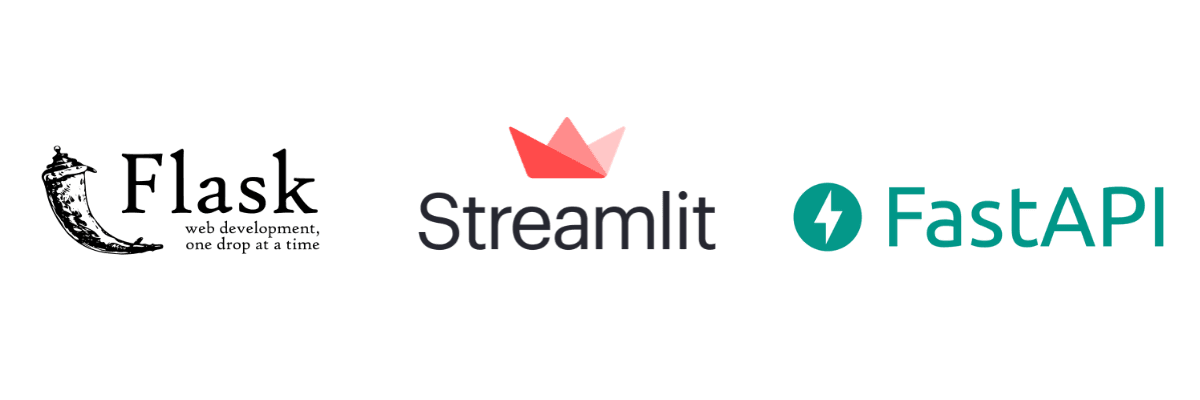
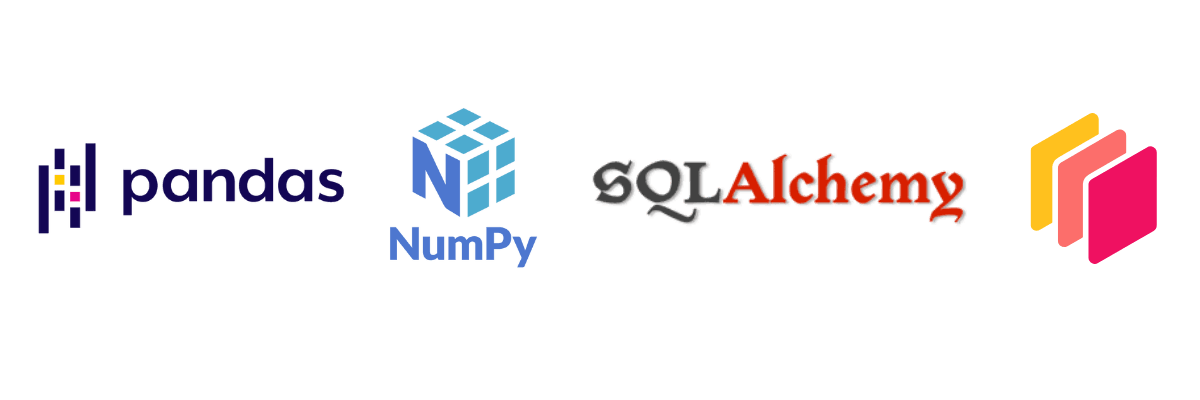
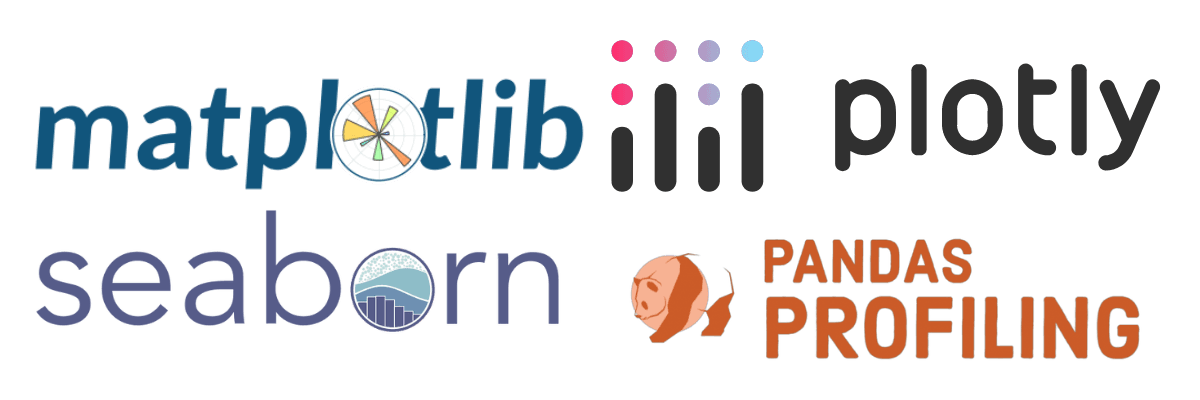



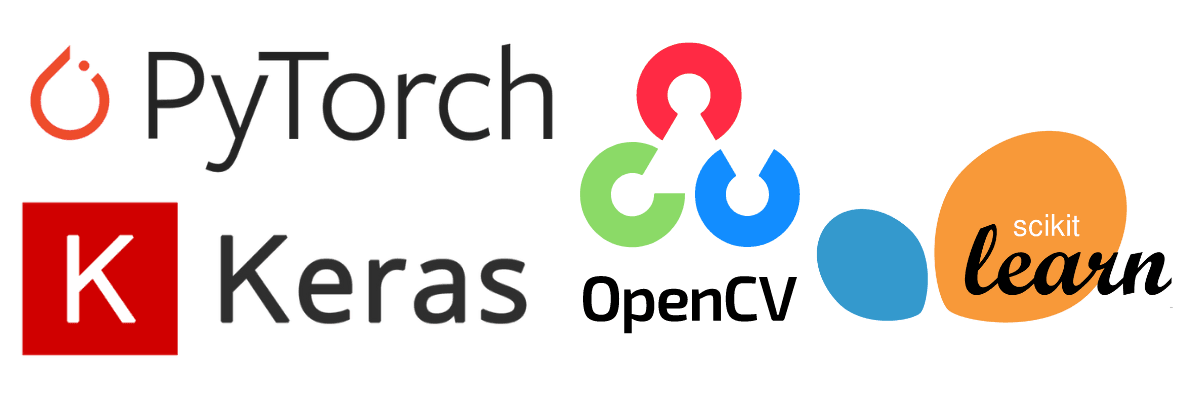








No comments: